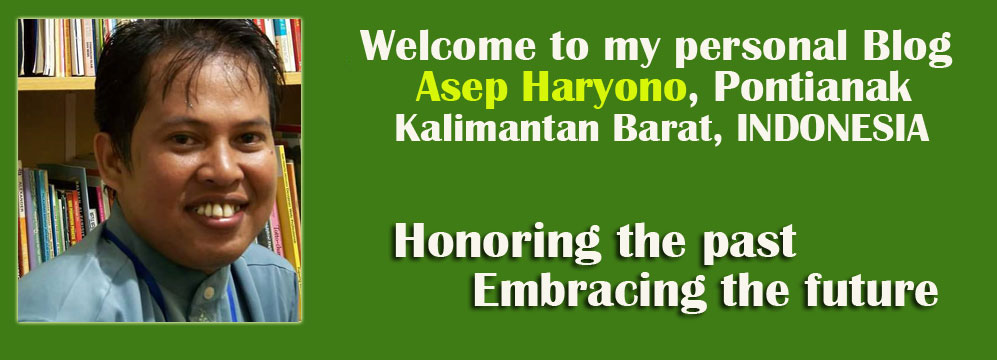As in other democratic countries, Indonesia applies the Trias Politica that recognizes the separation of the legislative, executive and judicial bodies. The legislative authority is under the People’s Consultative Assembly (MPR) that consists of two bodies namely the Parliament composing of members of political parties and the Regional Representative Council (DPD) composing of representatives from each province in Indonesia. Each province is represented by 4 delegates that are elected by the people in the respective region.
The People’s Consultative Assembly (MPR) is the highest state institution. Upon the Amendment of the 1945 Constitution, the membership of the MPR starting the period of 1999-2004, was amended to include not only the members of the parliament (DPR) but also the members of the DPD. Formerly the MPR consisted of the parliament members and group representatives. Currently, the MPR has 550 members from the parliament and 128 members from the Regional Representative Council (DPD). The parliament members and the DPD members are elected every five years. Since 2004, the MPR has become a bi-chamber parliament with the DPD as second chamber.
The executive institution is centralized under the president, vice president, and the cabinet of ministers. The cabinet is a presidential cabinet in which the ministers report to the president and do not represent the political parties. The judicial institution -since the reform era and upon the amendment of the 1945 Constitution- is administered by the Supreme Court including the administration of the judges.




.jpeg)
0 comments:
Post a Comment